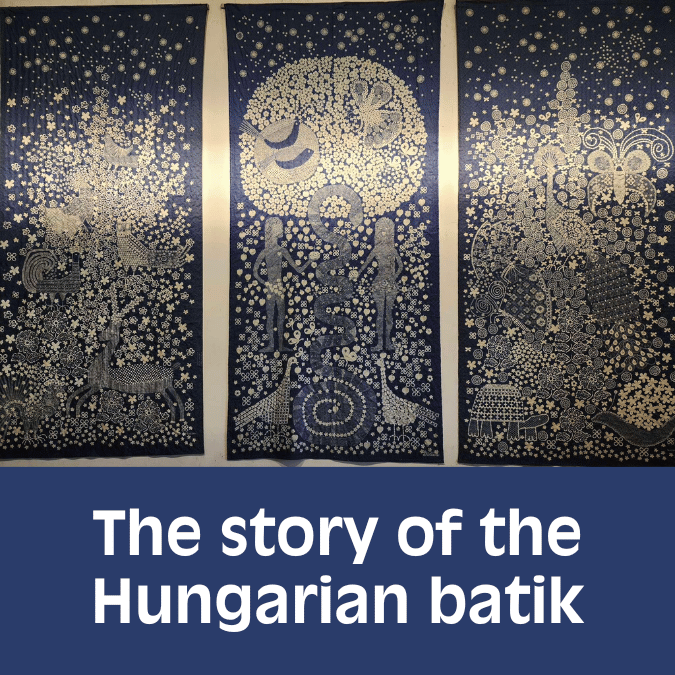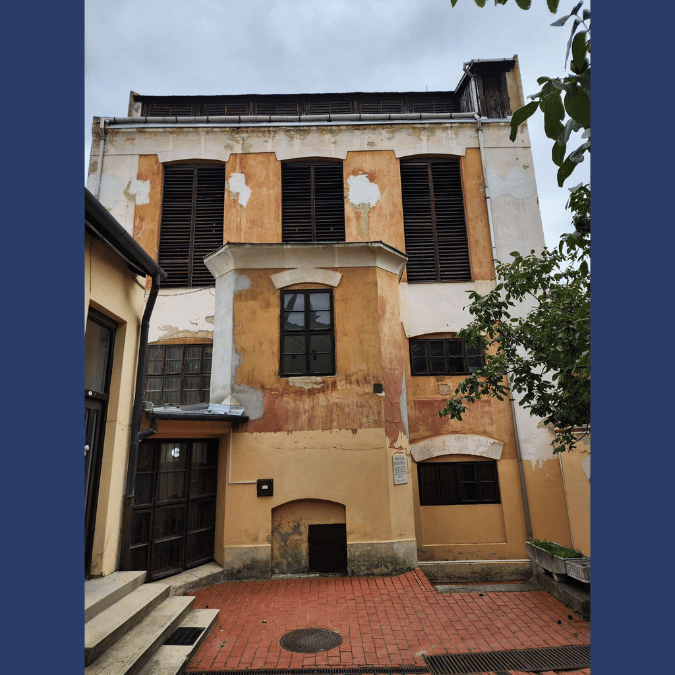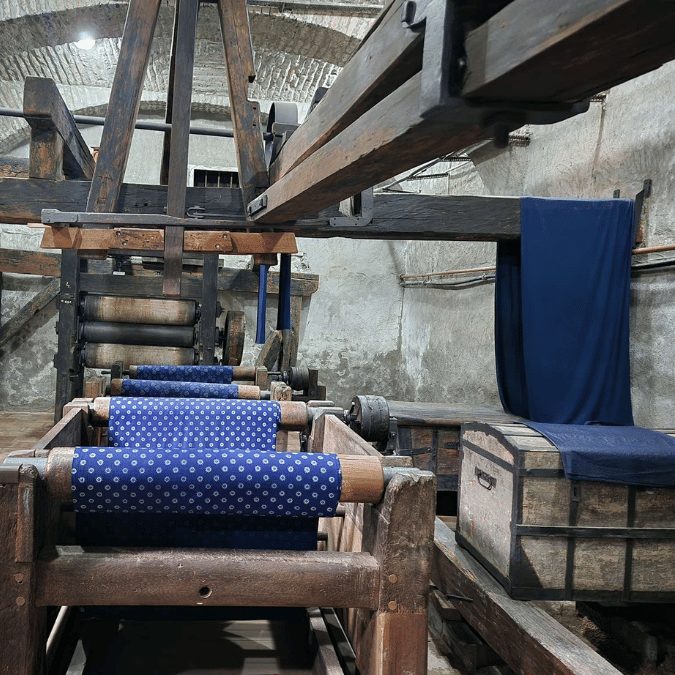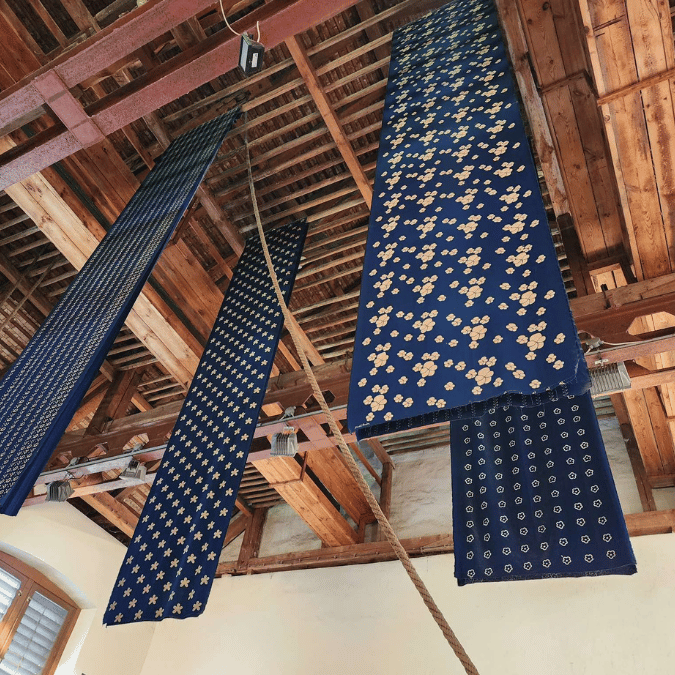
Indonesia celebrates the National Day of Batik on 2 October, so we’ve got a little story for you. Have you ever heard about the ’blueprinting or blue dyeing’, so called: KÉKFESTŐ?
The term of „HUNGARIAN BATIK” may sound familiar, as it is similar to the production of the Indonesian batik fabrics and patterns. Did you know that in Hungary we also use the so-called ’pattern blocks’, that are also known as ’printing blocks’? The diversified patterns are mild, breezy and lively at the same time, just like on the Indonesian Batik fabrics. The history of Hungarian blueprinting dates back to centuries. It is a history with several threads, but it was established at the beginning of the 18th Century. In 2018 it became part of the UNESCO Intangible Cultural Heritage.
The colour scheme of the blue dyed fabrics, - in contrast to Indonesian ones -, are mainly various shades of blue, based on the colour of specific natural dye plants. One of the most suitable ones is the indigo, which was imported to Hungary from India, in the form of dried balls and blocks of dyestuff extracted from the leaf and stem of the plant. Blue dyer workshops were usually connected with a laboratory, where each family had their own unique recipe for mixing the proportions of dyestuff with other ingredients. As in Indonesian Batik, also in Hungarian Blue Dyeing, the canvas is first patterned and then it is painted. The white pattern is genuinely the white-base colour of the canvas. The entire procedure is an extremely detailed and time-consuming process. The pattern blocks were originally handmade from wood, and then later from metal. It used to be a specialist’s work, but today this profession is no longer exists. Therefore, the workshops that are still operating in Hungary use the pattern wood that they have inherited from their families.
There are several blue dyer workshops still in operation in Hungary, among the oldest ones are; - the Tolna Bluedye Workshop, that was founded in 1810, - the Bácsalmás Blue-Dyeing Workshop since 1879, - and the Győr Bluedye Workshop, that is established in 1906.
Nevertheless, Hungary's one and only blue dyeing museum is located in a small town, Pápa, - that opened its doors to the visitors in 1962, - and preserves centuries-old memories. Here is a little story about its more than 200 year-past. Before its museum era, the Blue Dyeing Workshop of Pápa once belonged to the Kluge family for 7 generations, from 1786 until 1956. The building has been still standing there for around 238 years. The family originally owned a small dweling house with a small cellar, where the blueprints were made. It has been expanded approximately 100 years later, in the early 1860s, and has already reached its current appearance, completed with the original machinery and drying shed. The last lady member of the family who inherited the Workshop is still alive and she is living in the same building with her husband. As the handicraft of bluedying was a family business, passed on from father to son, she is the last heir to the workshop as a childless woman.
In the museum you could take part an extremely interesting guided tour, and you can make your own "Hungarian Batik" as well. To uncover all its secrets, do not hesitate to visit the Blue Dyeing Museum in Pápa, where you can be part of one of the most interesting folk art crafts in the Hungarian history. Remember, when you admire these canvas variations, think about that each pattern and "brushstroke" carries someone's inner vision and inspiration, thus becoming a wonderful whole storyteller.


